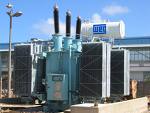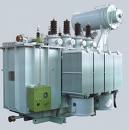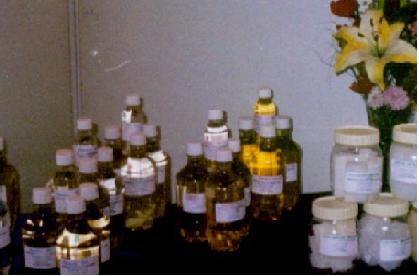Transformer oil test
Transformer oil acts as an insulating and cooling medium. In circuit breakers, it serves for arc extinguishing and insulation.
A proper job insulating oil ensures reliable and trouble-free operation of electrical equipment.
Properties of transformer oil
During operation, some quality indicators and properties of the transformer oil change, it ages. The aging of transformer oil during operation is determined by the change in acid number, by the amount of sediment formed in it, and by the reaction of the water extract.
The acid number of a transformer oil is the number of milligrams of potassium required to neutralize all the free acid compounds that make up one gram of oil. The acid number is used to judge the degree of aging of the transformer oil and the ability to leave it in service.  At a certain degree of oxidation of the transformer oil, the insulation of the transformer windings deteriorates and may deteriorate.
At a certain degree of oxidation of the transformer oil, the insulation of the transformer windings deteriorates and may deteriorate.
Sediment falls out of the oil as a result of its aging and is deposited in the cooling channels, insulation, on the core of transformers and other electrical equipment, worsening the cooling conditions of this equipment. At the same time, the insulation of this electrical equipment ages and deteriorates faster, which can lead to accidents, such as short-circuiting the transformer windings.
The water extract reaction serves to determine the presence of acids and bases dissolved in water, using special indicators that can change color due to the presence of acids and bases in the transformer oil. These acids, by promoting rapid oxidation of the transformer oil, can cause corrosion of metal and insulation in electrical equipment or apparatus.
Physical properties of transformer oil
 The physical properties of transformer oil are essential to the reliable operation of electrical equipment. A change in these properties indicates equipment malfunction and oil aging.
The physical properties of transformer oil are essential to the reliable operation of electrical equipment. A change in these properties indicates equipment malfunction and oil aging.
The specific gravity of transformer oil should be less than the specific gravity of ice. Because the ice that can form in the winter in a disconnected transformer will sink to the bottom and thus circulate the oil.
The flash point of the transformer oil must be relatively high so that it cannot ignite in the event of significant transformer overloads. During operation, the ignition temperature of oil in transformers can drop sharply as a result of decomposition of the oil under the influence of local heating.
Electrical properties of transformer oil
The dielectric strength of transformer oil ensures the reliable operation of electrical equipment. The dielectric strength of the oil decreases with time. To determine the dielectric strength, the transformer oil is periodically tested for breakdown using an oil breaker.
The device is connected to a network with an alternating voltage of 220 V. The secondary voltage of the device is 60 kV. With a regulation limit from 0 to 60 kV.
 For the breakdown test, the transformer oil is poured into a porcelain vessel in which two disk electrodes of 8 mm thickness and 25 mm diameter are mounted. the distance between the discs is set to 2.5 mm. the container is filled with oil and installed in the perforator. The oil is allowed to settle for 20 minutes to allow the air to escape. The voltage is then gradually increased at a rate of 1 — 2 kV per second until the onset of failure.
For the breakdown test, the transformer oil is poured into a porcelain vessel in which two disk electrodes of 8 mm thickness and 25 mm diameter are mounted. the distance between the discs is set to 2.5 mm. the container is filled with oil and installed in the perforator. The oil is allowed to settle for 20 minutes to allow the air to escape. The voltage is then gradually increased at a rate of 1 — 2 kV per second until the onset of failure.
When testing transformer oil, it is necessary to make 6 failures with an interval of 10 minutes. The first breakdown is considered tentative and its result is not taken into account. The arithmetic mean value of five subsequent breakdowns is taken as the value of the breakdown voltage.
In case of unsatisfactory test results, a second sample is taken, after which a final conclusion is given.

Fresh transformer oil, before filling the newly introduced transformers arriving without oil, must undergo tests for the content of mechanical impurities, the content of suspended coal, for transparency, for general stability against oxidation, in addition, the tangent of the dielectric loss angle, flash point, temperature should be determined solidification, kinematic viscosity, sodium point test, acid number and reaction of the aqueous extract.
Transformers that arrived without oil should be sampled for residual transformer oil (from the bottom) prior to installation.
